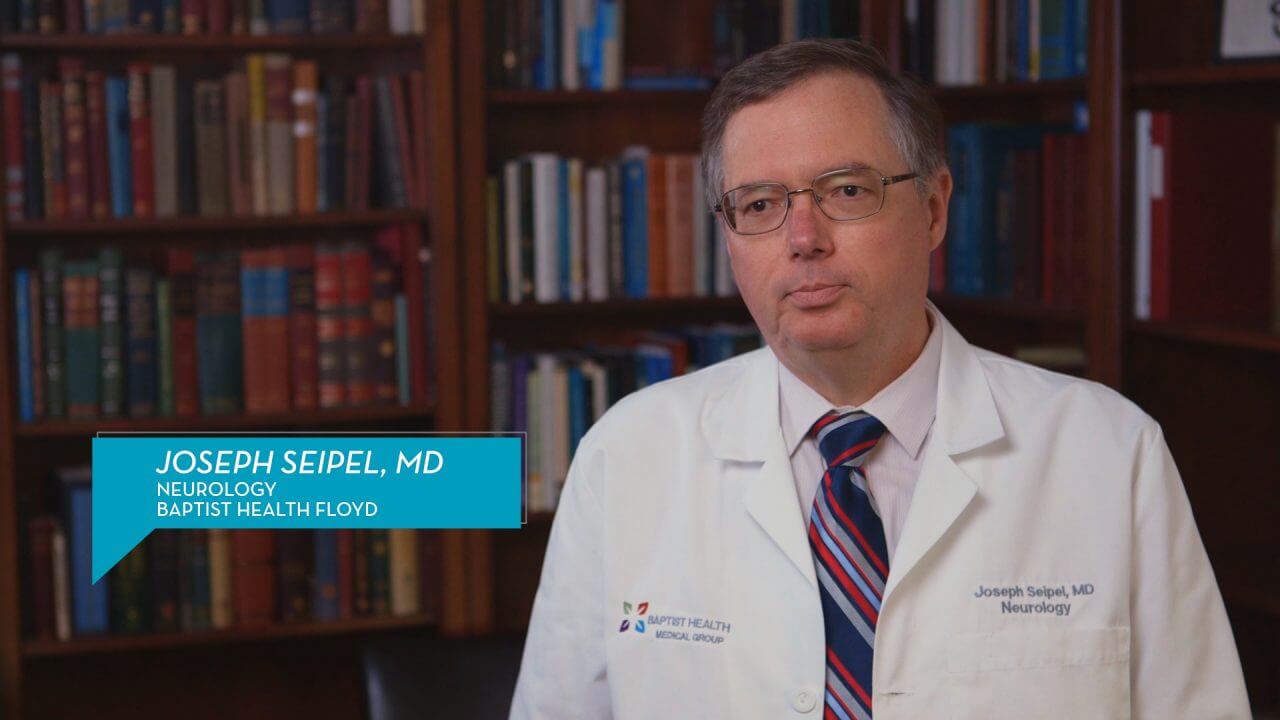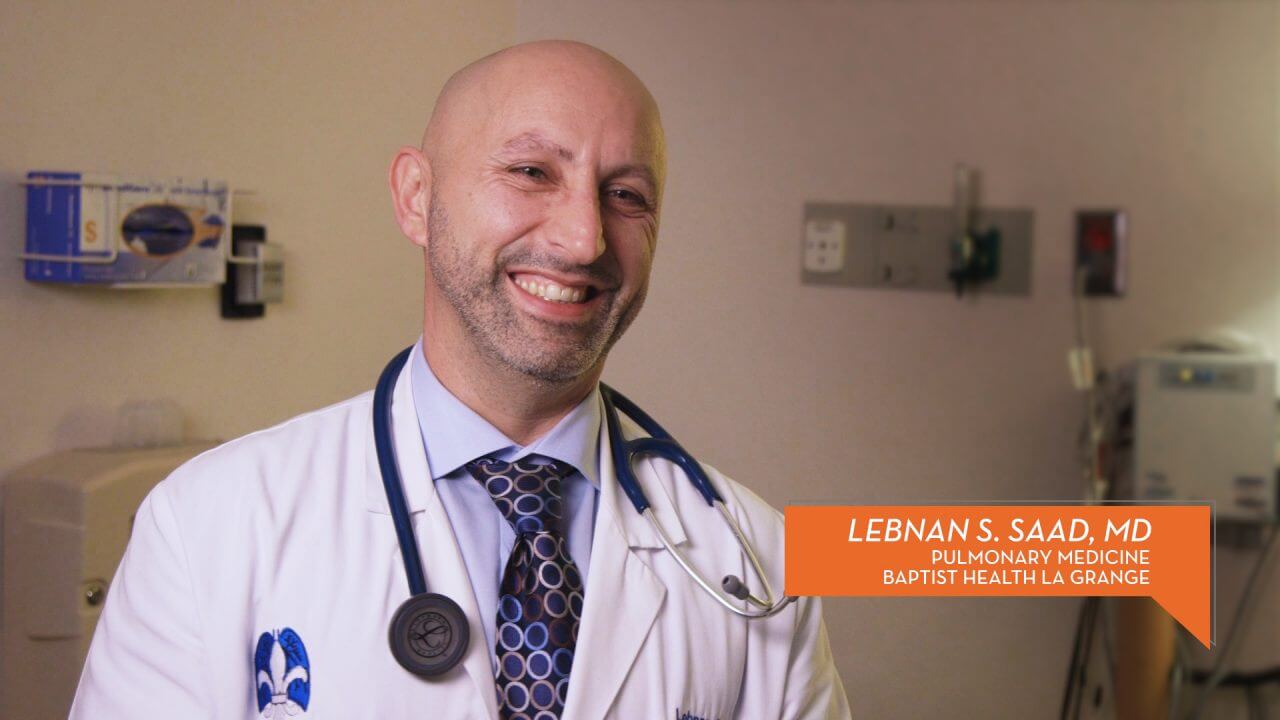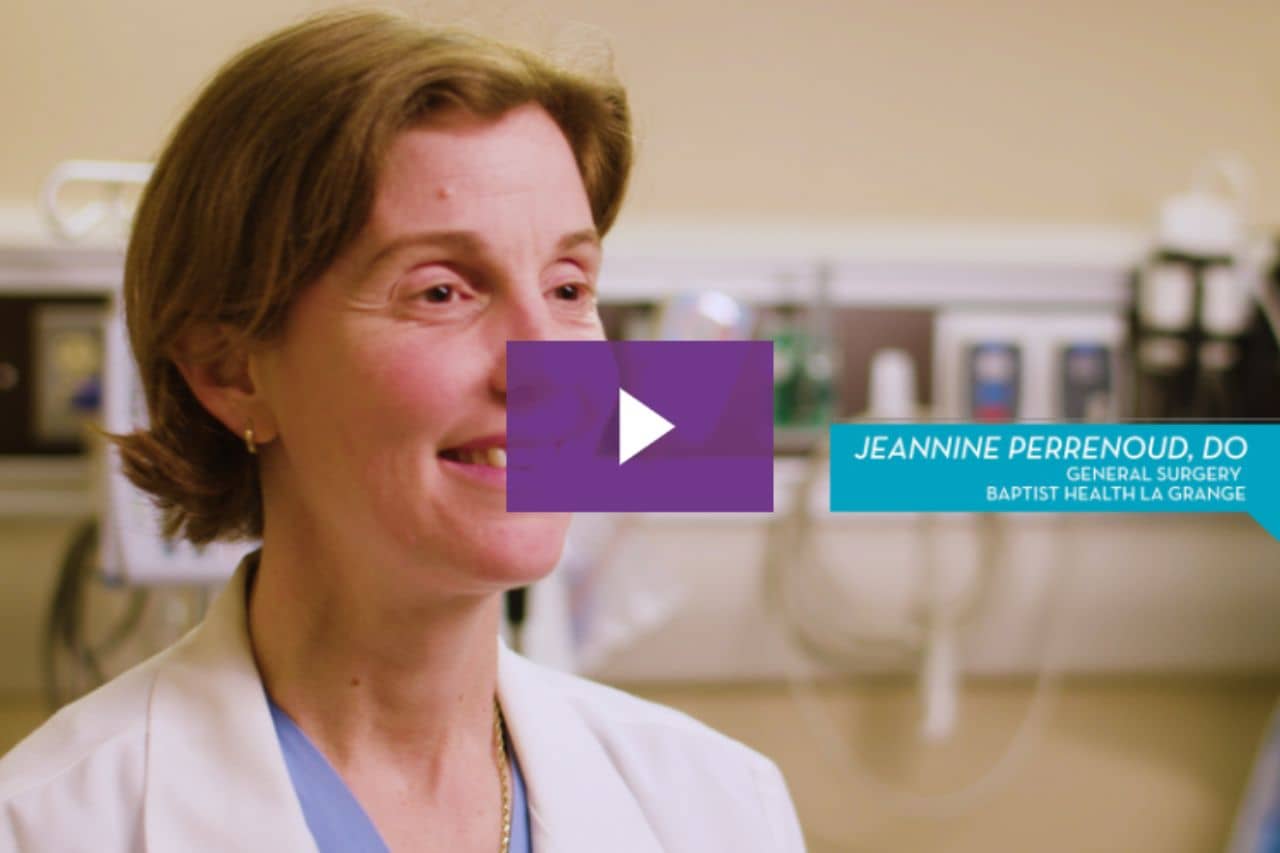Understanding Sleep Disorders
Baptist Health La Grange: Understanding Sleep Disorders
Pulmonologist SUBIN JAIN, MD explains how sleep studies work and discusses the advantages of diagnosing and treating sleep disorders such as sleep apnea.
Understanding Sleep Disorders Health Talks Transcript
Subin Jain, MD
Sleep apnea is where you quit breathing for short periods of time. When a sleep physician talks about quitting breathing, he’s talking about a short, short interval of about 10 seconds. Obstructive sleep apnea is where there is an obstruction in the airway, and you are trying to breathe, but are unable to do so because of the obstruction. The obstruction generally occurs at the level of the throat, larynx and tongue. The diagnosis of obstructive sleep apnea requires a careful history and physical, first and foremost, so we sit down and discuss the symptoms with our patients. The sleep study has typically been done in a lab. We have a bed, and we try to reconstruct a home environment as closely as possible. The patient is hooked up with several wires for monitoring. We record all that data over a period of six to seven hours. So, depending on the severity of sleep apnea, typically the treatment has been a CPAP device or a positive air pressure device that typically administers positive pressure into your throat and airway. It is administered through the interface of a mask on your face with a little machine on the side, which provides air that goes into your airways. With effective treatment, patients notice a vast improvement in their quality of life, in their ability to do the things they want to do, and these patients are tremendously grateful for the therapies that are available to treat their problem.



